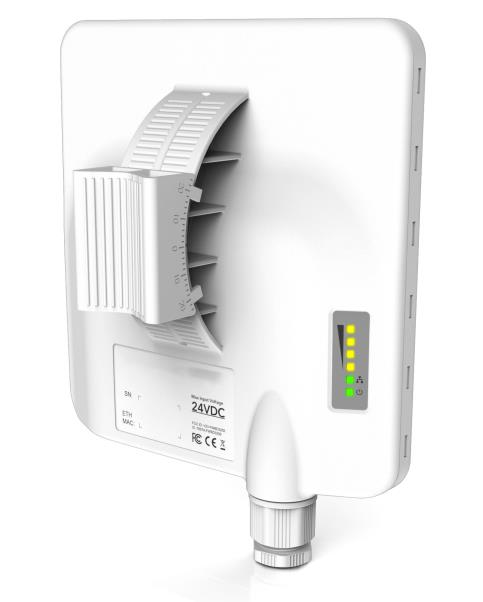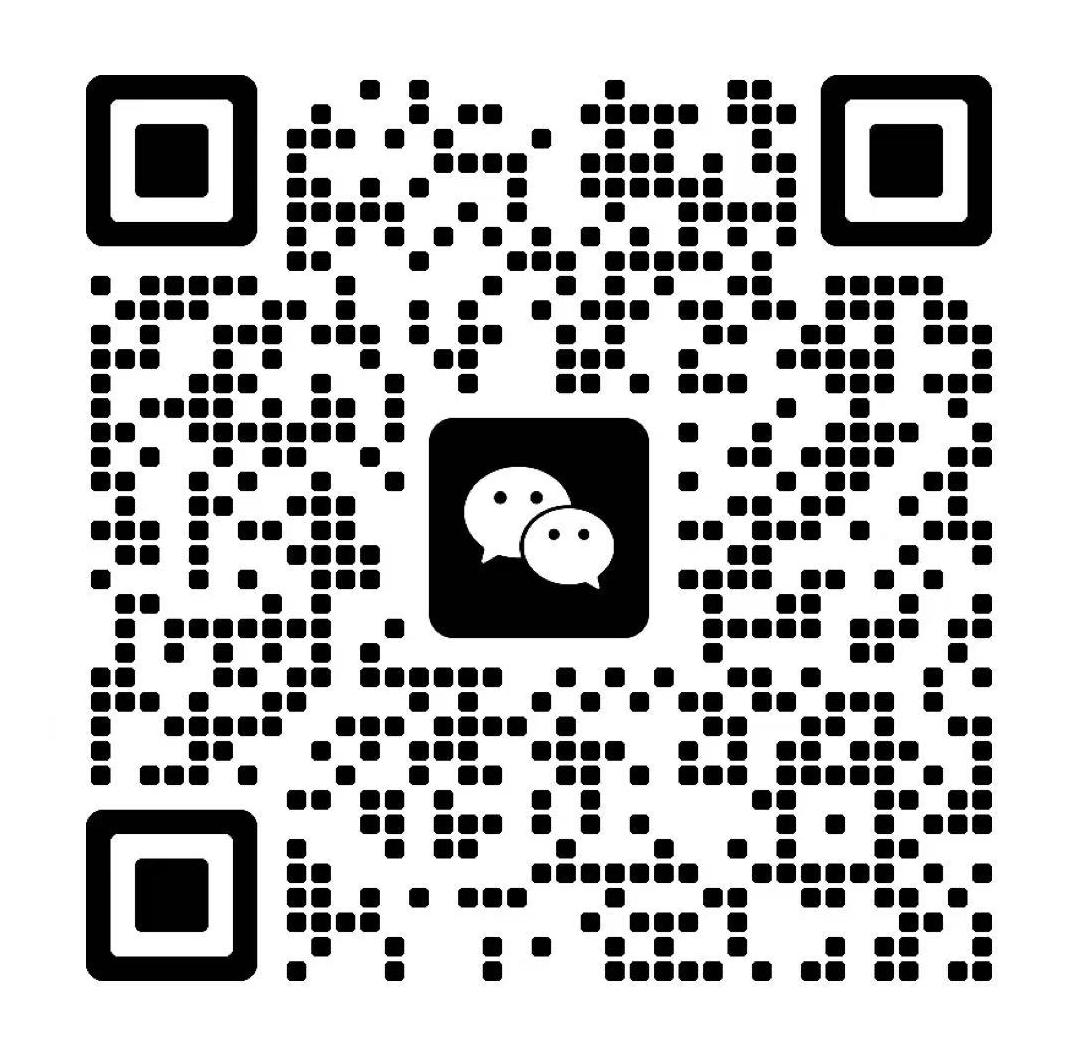What Is Microwave Transmission?
Understanding the Core of Modern Wireless Communication
In today’s fast-paced digital world, reliable, high-speed data transmission is essential. Whether it's internet backhaul in remote regions, real-time surveillance video, or military communications, microwave transmission plays a vital role in bridging the gap where fiber optics or wired connections fall short.
1. Definition of Microwave Transmission
Microwave transmission refers to the wireless communication technology that uses microwave frequencies—typically ranging from 1 GHz to 100 GHz—to transmit data over long distances. Unlike traditional radio waves, microwaves travel in line-of-sight paths and are often used in point-to-point communication systems.
This technology is widely applied in telecommunications, broadcasting, defense systems, space communication, and increasingly in industrial and smart city applications.

2. How Microwave Transmission Works
Microwave communication systems use parabolic dish antennas or horn antennas mounted on towers or rooftops to send and receive signals. These systems typically include:
Transmitter: Converts electrical signals into microwave frequencies.
Antenna: Directs and radiates the signal toward the receiving station.
Receiver: Captures and converts microwave signals back into usable data.
Because microwaves travel in straight lines, antenna alignment is crucial. Obstructions such as buildings, trees, or terrain may weaken or block signals unless repeater stations or relay towers are deployed at intervals.
3. Key Features and Benefits
Microwave transmission systems are known for several distinguishing characteristics:
a. High Bandwidth
Microwave links can support high data rates, often ranging from 100 Mbps to several Gbps, making them ideal for video surveillance, LTE/5G backhaul, and industrial data transfers.
b. Low Latency
The low latency of microwave systems is critical for real-time communication needs, such as military operations, emergency response, or financial trading systems.
c. Rapid Deployment
Unlike fiber optic cables, microwave networks can be set up quickly and flexibly. This makes them highly advantageous for disaster recovery scenarios or in locations where laying cables is impractical or too expensive.
d. Long-Range Communication
Depending on terrain and environmental factors, microwave links can cover distances from a few kilometers to over 100 kilometers, especially when relay stations are used.
e. Cost-Efficiency
Microwave systems offer a cost-effective alternative to trenching fiber in remote or rural areas. They are also easier to maintain, especially in difficult terrains.
4. Common Applications
Microwave transmission is at the heart of many critical infrastructure systems:
Telecom Backhaul: Connecting rural cellular towers to core networks.
Broadcasting: Transmitting TV and radio signals to relay stations.
Defense and Military: Secure, high-bandwidth communications in the field.
Disaster Recovery: Restoring communication quickly after natural disasters.
Remote Industrial Monitoring: Supporting data transmission from oil rigs, wind farms, or mining sites.
Smart Cities: Enabling real-time video transmission for traffic control and public safety monitoring.
5. Limitations and Considerations
Despite its many advantages, microwave transmission has some limitations:
Line-of-Sight Requirement: Requires clear pathways between antennas.
Weather Sensitivity: Heavy rain, snow, or fog may degrade performance, especially at higher frequencies.
Licensing and Spectrum: In many countries, microwave frequencies are regulated and require licensing.
Interference: In urban areas, congestion in the spectrum may affect signal quality unless directional antennas and frequency planning are carefully implemented.
6. Microwave vs. Millimeter Wave (mmWave)
Microwave transmission is sometimes confused with millimeter wave technology, but they differ primarily in frequency:
Microwave: 1–30 GHz (typically)
Millimeter Wave: 30–100 GHz
Millimeter wave offers even higher bandwidths but shorter range and higher susceptibility to atmospheric attenuation, making traditional microwave more robust for long-distance and outdoor use.
TuQian Wireless: Advanced Microwave Transmission Solutions
As a trusted provider of wireless communication systems, TuQian Wireless specializes in high-performance microwave transmission technologies tailored for demanding environments. Our microwave products are engineered for long-range, high-bandwidth, and low-latency communication, supporting a wide range of applications including:
UAV-based video transmission
Vehicle-mounted wireless systems
Backbone communication for public security
Emergency and tactical deployment scenarios
With advanced COFDM modulation, strong anti-interference capabilities, and support for non-line-of-sight transmission, TuQian’s microwave solutions deliver stable and secure communication where traditional networks fall short.
Whether you’re building a remote monitoring system, enhancing field communications, or deploying mobile command centers, TuQian Wireless offers customizable, scalable, and reliable microwave transmission options to meet your critical connectivity needs.
- 暂无数据


